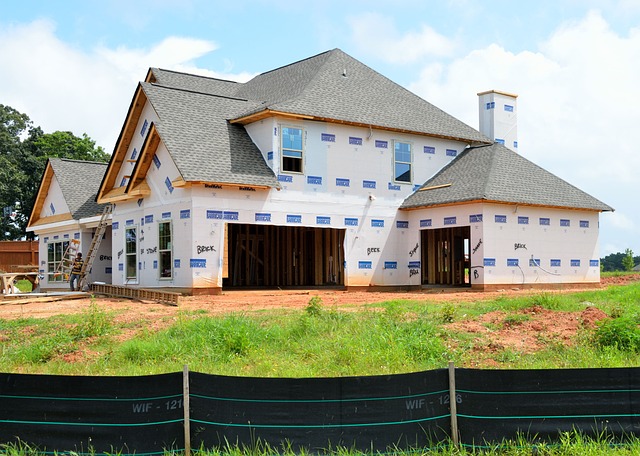Home Improvement Loan Options

Understanding Home Improvement Loans
Home improvement loans can be a valuable financial tool for homeowners aiming to enhance their property’s value or functionality. These loans are designed to provide the necessary funds for various renovation projects, from minor upgrades to substantial remodels. Understanding the ins and outs of these loans is crucial before making any commitments. The first step is to determine the scope of the project and ascertain if a loan is indeed the best financing option. These loans typically come with specific interest rates and repayment terms, which can vary significantly based on the lender and the borrower’s creditworthiness. It’s essential to research different loan products, compare rates, and consult with financial advisors to understand the implications fully. Awareness of these factors ensures that homeowners make informed choices that align with their financial goals and circumstances.
Types of Home Improvement Loans
When considering a home improvement loan, it’s vital to understand the different types available. Personal loans can be used for home renovations and usually don’t require collateral, though they might have higher interest rates. Home equity loans or lines of credit (also known as HELOCs) allow homeowners to borrow against their home’s equity, typically with lower interest rates but requiring the property as collateral. Another option is a cash-out refinance, where the homeowner refinances their mortgage for more than they owe and takes the difference in cash. Each type of loan has distinct terms and conditions that affect repayment, interest, and risk. Evaluating these factors, along with your financial situation and project needs, helps in selecting the most suitable loan type, ensuring the renovations are both affordable and beneficial.
Pros and Cons of Loan Options
Every home improvement loan option comes with its advantages and disadvantages, impacting the decision-making process. Personal loans, though faster to obtain and without the need for collateral, generally carry higher interest rates and can affect credit scores. On the other hand, home equity loans and HELOCs, while offering lower interest rates, use your home as collateral, which can be risky if market values decline or repayment is missed. Cash-out refinancing could lower monthly payments and interest rates but extends the mortgage term, which may accumulate more interest over time. Understanding these pros and cons helps homeowners assess their risk tolerance and financial health. Weighing these factors, in conjunction with project costs and timelines, ensures informed decisions that align with both immediate renovation needs and long-term financial goals.
Eligibility Criteria and Requirements
Obtaining a home improvement loan necessitates meeting specific eligibility criteria imposed by lenders. Generally, these criteria include a satisfactory credit score, a stable income, and a reasonable debt-to-income ratio. For loans like home equity loans and HELOCs, lenders require sufficient equity in the property, which is determined by the difference between the home’s value and the outstanding mortgage balance. Different loan types might also have varying documentation requirements such as proof of income, employment history, and detailed estimates of the renovation costs. It’s paramount to gather all necessary paperwork and communicate transparently with potential lenders. By understanding and meeting these requirements, homeowners can enhance their chances of approval and secure favorable loan terms, paving the way for successful home improvement projects.
How to Apply for a Home Improvement Loan
Applying for a home improvement loan involves several structured steps to ensure a smooth process. The first step is to accurately determine the total cost of your home improvement project, followed by researching and selecting the best loan type that suits your financial situation and renovation needs. Gathering necessary documents like income proof, credit history, and project estimates is essential. Once prepared, approach lenders to compare loan offers, focusing on interest rates, fees, and repayment terms. Submitting multiple applications can help identify the most favorable terms available. It’s critical to carefully review the loan agreement before signing, ensuring there are no hidden fees or clauses that could impact your financial stability. By following these steps, homeowners can confidently secure the right financing and begin their improvement projects promptly.
Tips for Managing Loan Repayments
Effectively managing loan repayments is crucial to maintaining financial health after obtaining a home improvement loan. Start by creating a realistic budget that includes your loan repayment as a fixed monthly expense, ensuring it’s a priority in your financial planning. Setting up automatic payments can help avoid missed payments and potential late fees, which can negatively impact credit scores. Additionally, consider making extra payments when possible to reduce the principal balance faster, subsequently lowering interest over the loan’s lifetime. Regularly reviewing your financial situation and adjusting the budget as necessary is vital, especially if unexpected changes occur. Open communication with your lender can also be beneficial, particularly if repayment challenges arise, as they may offer flexibility or adjustments to the terms. Proactive management safeguards against financial stress and encourages successful loan term completion.